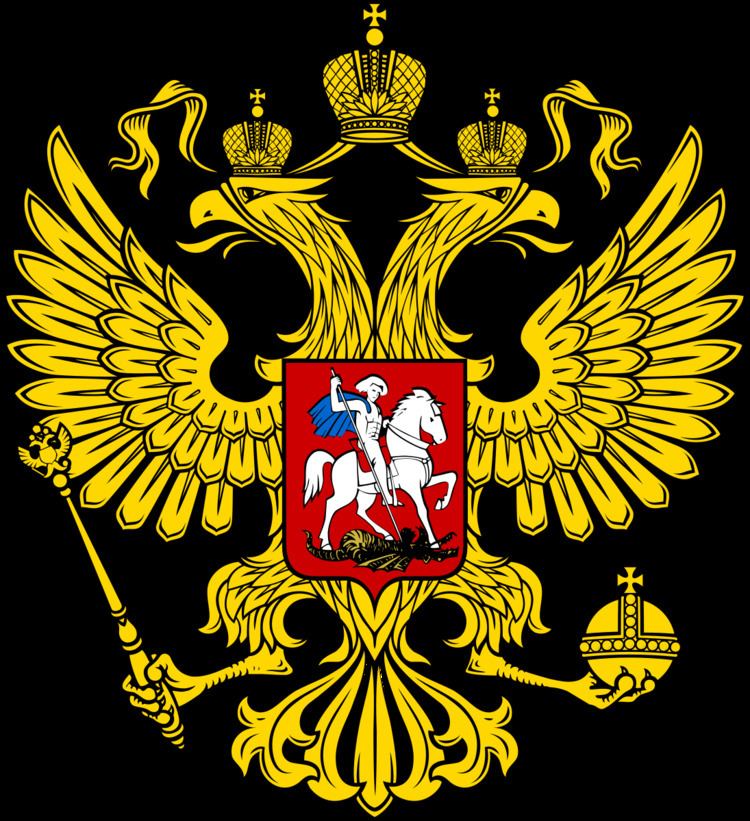 | ||
Russia is divided into several types and levels of subdivisions.
Contents
Federal subjects
Since March 18, 2014, the Russian Federation consisted of eighty-five federal subjects that are constituent members of the Federation. However, two of these federal subjects—the Republic of Crimea and the federal city of Sevastopol—are internationally recognized as part of Ukraine. All federal subjects are of equal federal rights in the sense that they have equal representation—two delegates each—in the Federation Council (upper house of the Federal Assembly). They do, however, differ in the degree of autonomy they enjoy.
There are 6 types of federal subjects—22 republics, 9 krais, 46 oblasts, 3 federal cities, 1 autonomous oblast, and 4 autonomous okrugs.
Autonomous okrugs are the only ones that have a peculiar status of being federal subjects in their own right, yet at the same time they are considered to be administrative divisions of other federal subjects (with Chukotka Autonomous Okrug being the only exception).
2014 Crimean crisis
On March 18, 2014, as a part of the 2014 Crimean crisis events and following the establishment of the Republic of Crimea (an independent entity recognized only by Russia), a treaty was signed between Russia and the Republic of Crimea incorporating the Republic of Crimea and the City of Sevastopol as the constituent members of the Russian Federation. According to the Treaty, the Republic of Crimea is accepted as a federal subject with the status of a republic while the City of Sevastopol has received federal city status. Neither the Republic of Crimea nor the city of Sevastopol are politically recognized as parts of Russia by most countries.
Administrative divisions
Prior to the adoption of the 1993 Constitution of Russia, the administrative-territorial structure of Russia was regulated by the Decree of the Presidium of the Supreme Soviet of the RSFSR of August 17, 1982 "On the Procedures of Dealing with the Matters of the Administrative-Territorial Structure of the RSFSR". The 1993 Constitution, however, did not identify the matters of the administrative-territorial divisions as the responsibility of the federal government nor as the joint responsibility of the federal government and the subjects. This was interpreted by the governments of the federal subjects as a sign that the matters of the administrative-territorial divisions became solely the responsibility of the federal subjects. As a result, the modern administrative-territorial structures of the federal subjects vary significantly from one federal subject to another. While the implementation details may be considerably different, in general, however, the following types of high-level administrative divisions are recognized:
Autonomous okrugs and okrugs are intermediary units of administrative divisions, which include some of the federal subject's districts and cities/towns/urban-type settlements of federal subject significance.
Typical lower-level administrative divisions include:
Municipal divisions
In the course of the Russian municipal reform of 2004–2005, all federal subjects of Russia were to streamline the structures of local self-government, which is guaranteed by the Constitution of Russia. The reform mandated that each federal subject was to have a unified structure of the municipal government bodies by January 1, 2005, and a law enforcing the reform provisions went in effect on January 1, 2006. According to the law, the units of the municipal division (called "municipal formations") are as follows:
Territories not included as a part of municipal formations are known as inter-settlement territories.
The Federal Law was amended on May 27, 2014 to include new types of municipal divisions:
In June 2014, Chelyabinsky Urban Okrug became the first urban okrug to implement intra-urban divisions.
Federal districts
All of the federal subjects are grouped into nine federal districts, each administered by an envoy appointed by the President of Russia. Federal districts' envoys serve as liaisons between the federal subjects and the federal government and are primarily responsible for overseeing the compliance of the federal subjects with the federal laws.
Economic regions
For economic and statistical purposes the federal subjects are grouped into twelve economic regions. Economic regions and their parts sharing common economic trends are in turn grouped into economic zones and macrozones.
Military districts
In order for the Armed Forces to provide an efficient management of military units, their training, and other operational activities, the federal subjects are grouped into five military districts. Each military district operates under the command of the district headquarters, headed by the district commander, and is subordinated to the General Staff of the Armed Forces of the Russian Federation.
